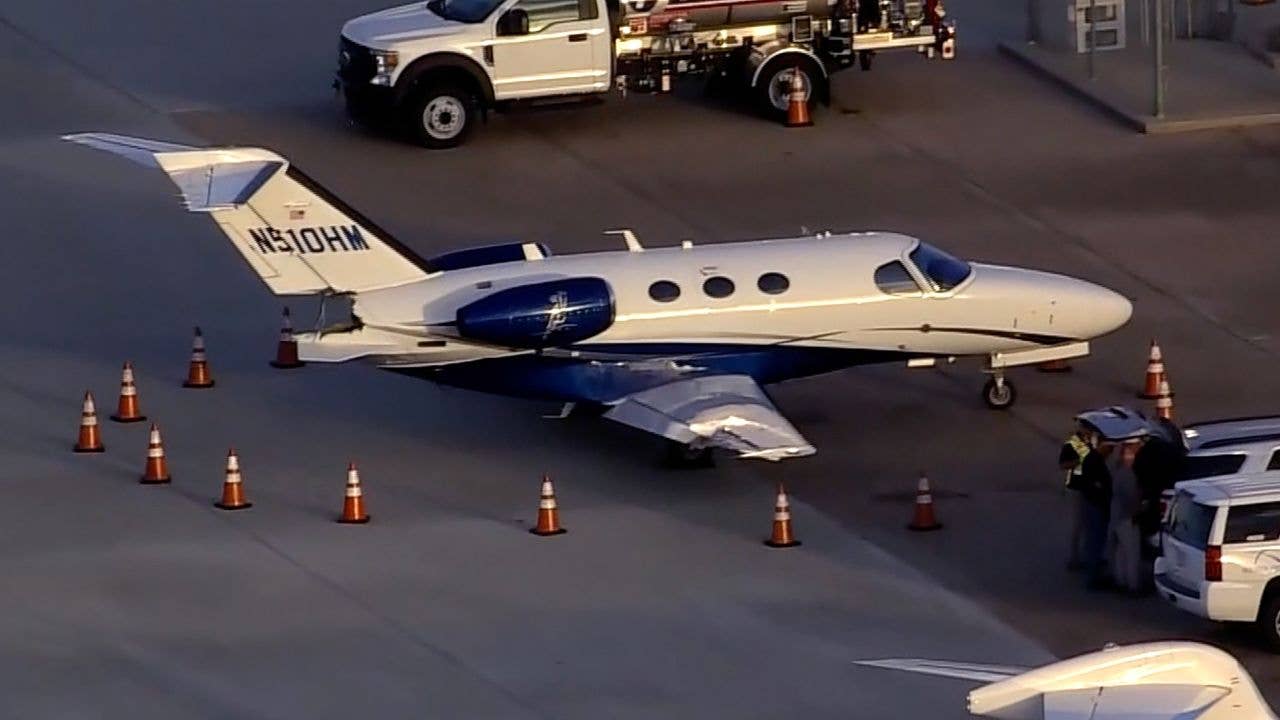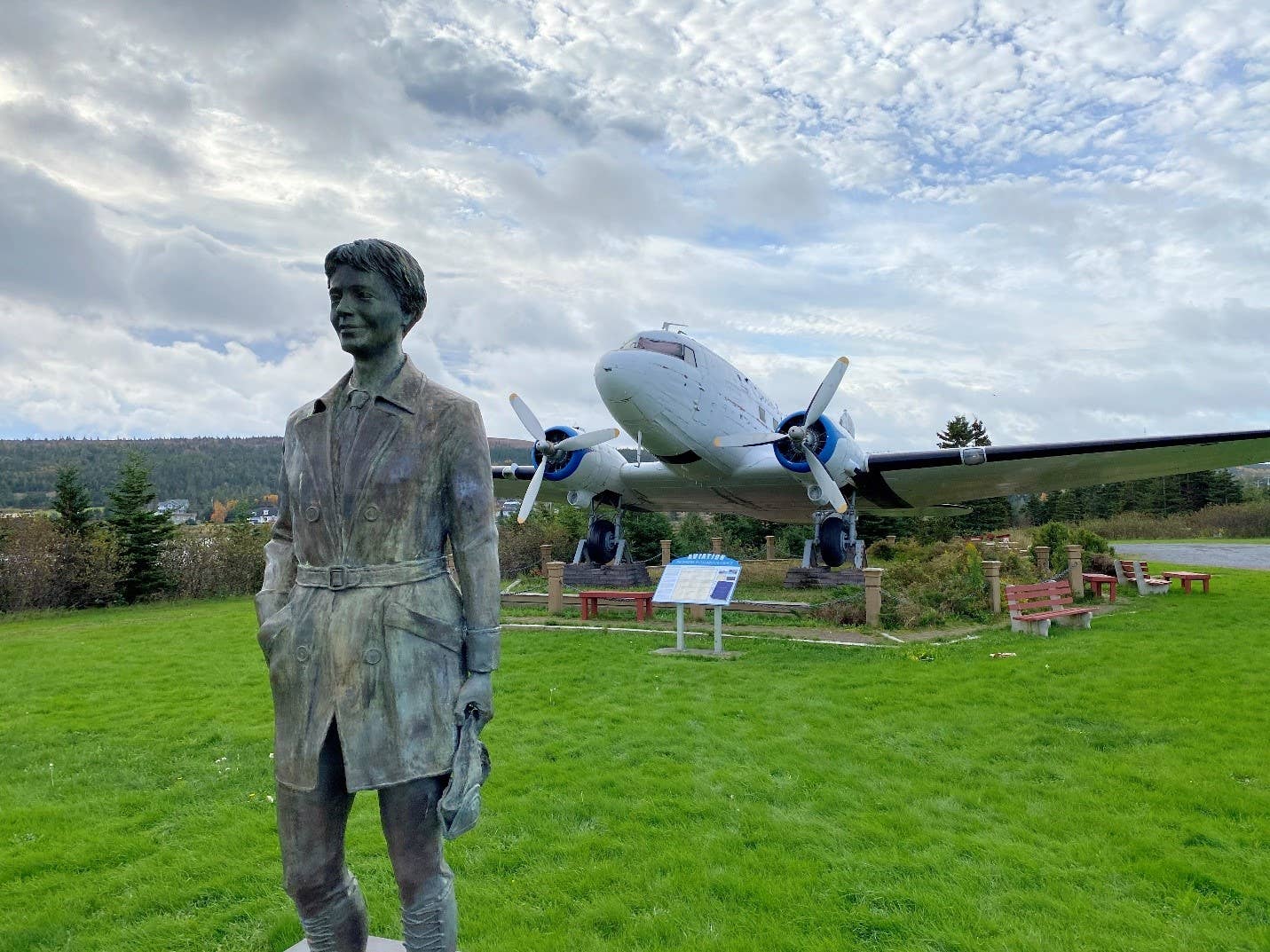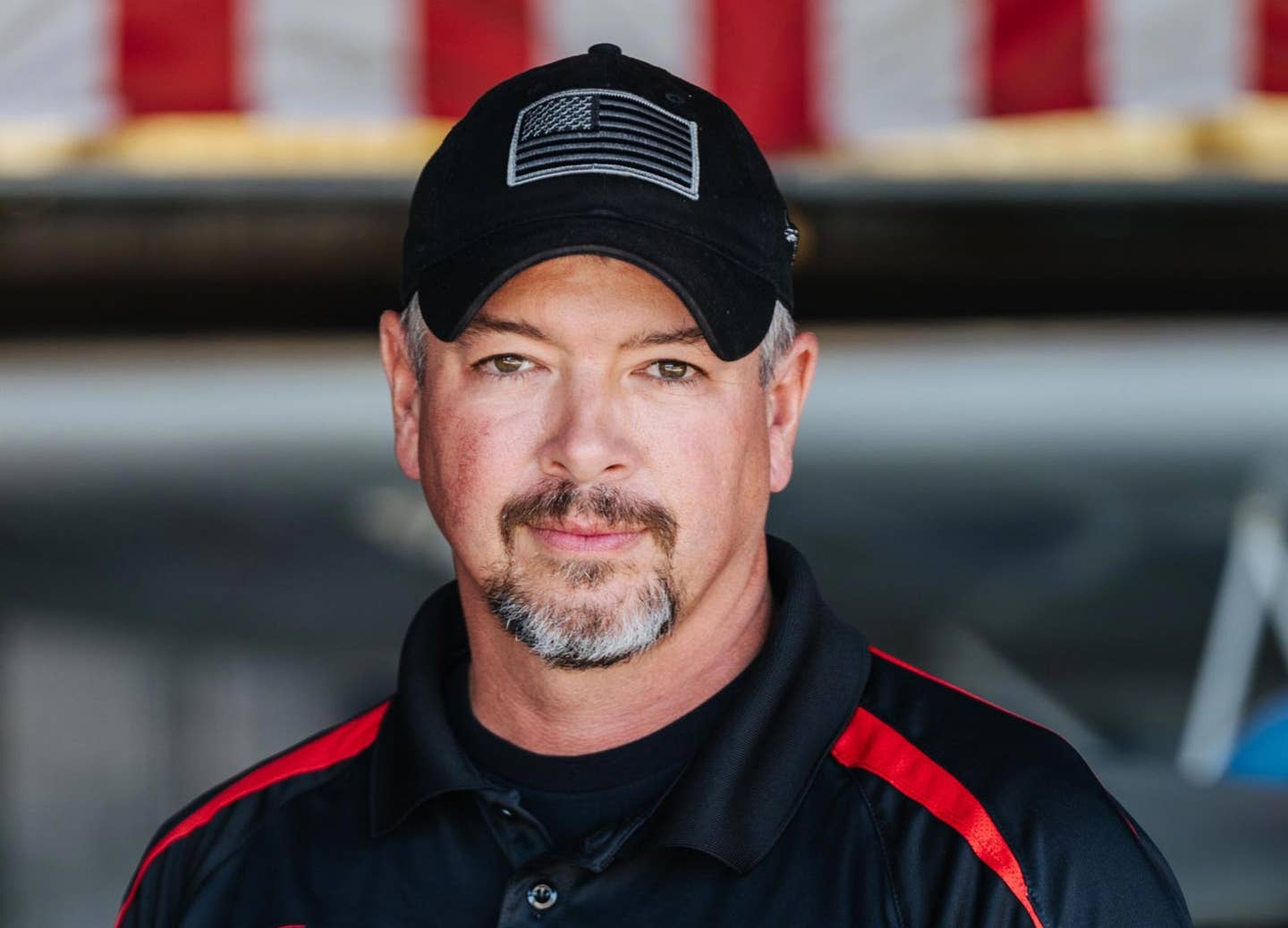Departing Hawker 800, Landing Mustang Collide, No Injuries
The FAA says a Hawker 800 “departed without permission” and collided with a Cessna Mustang landing on an intersecting runway at Houston Hobby Airport on Tuesday. The pilot of the…

The FAA says a Hawker 800 "departed without permission" and collided with a Cessna Mustang landing on an intersecting runway at Houston Hobby Airport on Tuesday. The pilot of the airborne Hawker told a controller "We just had a midair," but some reports said the two aircraft brushed each other on the runway. There were no reported injuries. A screen capture from a video by KHOU shows a chunk missing from the tail of the Mustang. From news video it appears the Hawker's wing clipped the Mustang's tail.
The Hawker pilot apparently believed he had the runway because he laid fault for the mishap on the controllers. "You guys cleared somebody to land or take off and we hit him on the departure," he said on a LiveATC recording posted by an X (formerly Twitter) account named Planes. But the FAA tweeted that the Hawker had not been cleared. "A twin-engine Hawker H25B departed without permission from Runway 22 @HobbyAirport at 4 PM today when it collided with a twin-engine Cessna C510 that was landing on Runway 13 Right," the agency said in its tweet. It's not clear how much damage the Hawker received, but it made it back to the airport.






